Two Ingredient Homemade Baking Soda Paint
As I was writing up our collection of two ingredient paint recipes it occurred to me that I have never shared one of our favorite and most simple homemade paints, baking soda paint! My boys have a fascination with erupting paint recipes, and baking soda paint is the most basic of recipes. The best part is that you most likely have everything you need to make it.
How to Make Baking Soda Paint
This post contains affiliate links. Here is my full disclosure policy.
Supplies:
- liquid watercolor paint or food coloring
- baking soda
- water
- whisk
- vinegar
- pipettes
- watercolor paper
- paint brushes
Directions: To make baking soda paint I put about an eighth of a cup of baking soda in a measuring cup and add liquid watercolors until I am happy with the amount of color. Then I fill the cup with water to the quarter cup mark and mix well with a whisk. The measurements truly do not need to be exact. The basic rule is that you don't want the paint too runny or it won't fizz a whole lot. You don't want it too thick, or it won't spread easily. An even amount of liquid and baking soda works well. If you are using food coloring instead of liquid watercolors, less color is needed and more water.
I prefer to use watercolor paper with our erupting paints since there is a lot of liquid. If you don't have watercolor paper, any thicker paper should work. Avoid using thin paper like butcher paper since it could tear when moist.
Peanut and Tank (3) love covering the watercolor paper with baking soda paint. I don't tend to give directions during the painting process, but with erupting paints I encourage covering large areas with color. The eruption will be much more noticeable this way.
After painting I give the boys pipettes and a container of vinegar. Spray bottles or squeeze bottles can also be used. Keep in mind that the faster vinegar is added the wetter the paper will become. Again, this isn't a huge deal with watercolor paper. No matter how many times we make baking soda paint, the kids are always delighted to watch the fizzing reaction.
We've making baking soda paints in every combination of colors over the years, but most often I try to use complimentary colors. The results of the blending colors are beautiful, and the paintings dry and can be displayed.
The added benefit of making erupting paints is that using pipettes, squeeze bottles, and spray bottles boost fine motor skills.
My boys are very exploratory, and we put a heavy focus on the art process. In this case, long after painting and dropping splashes of vinegar on the paint, Tank and Peanut continued to mix the colors and vinegar in a variety of ways.
Please note that baking soda and vinegar can be handled safely, but children should avoid touching their eyes until after hand washing. Open exploration with baking soda paint and vinegar can be a bit messy. Here are tips for messy play as well as laundry tips to avoid stains and keep clothes bright.
For more homemade paint recipes follow me on Pinterest.
More erupting paint recipes:
.JPG)

.png)


.jpg)
.JPG)
.JPG)
.JPG)
.JPG)
.JPG)
.JPG)
.JPG)
.JPG)
.JPG)
.JPG)
.jpg)














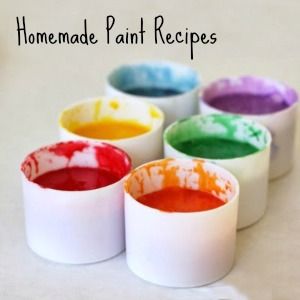
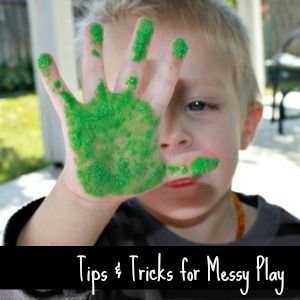
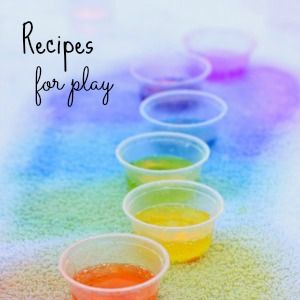
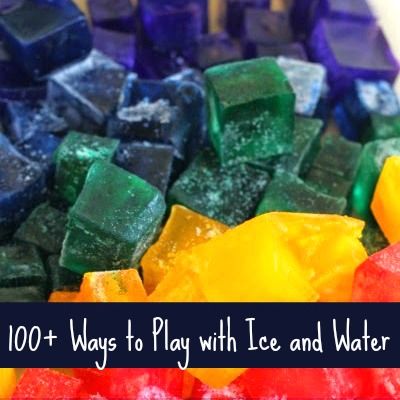
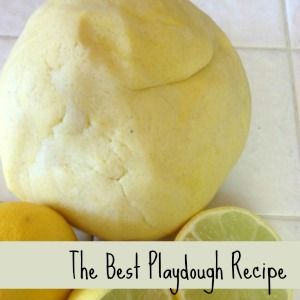
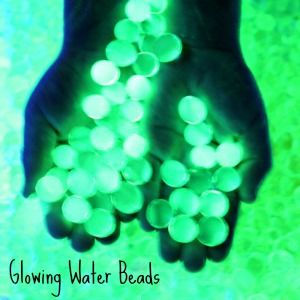
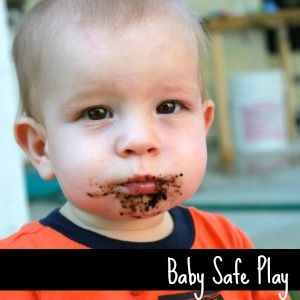


Hi! I am a nanny for an 18 month old girl and wanted to do a paint project with her. Do you think she is old enough for this? Or is there a better paint project for her? Thanks!
ReplyDeleteHi Kate! I would recommend one from this list: http://www.learnplayimagine.com/2013/03/homemade-paint-recipes-safe-for-babies.html
DeleteThe baking soda paint would probably be more fun for her when she is two and over. Have fun!
I have been perusing your site and have one question. Where were you when my children were young? What a fabulous site you have. The ideas for play and your recipes are terrific. My own children are grown and my grandchildren are no longer toddlers. I do however intend to share your site with them. Thank you for sharing your creativity. From Jacqui
DeleteDo you think this would work using the water color paint in the tubes? I don't want to mess with ordering the liquid water colors you mentioned and I don't really want to use food coloring, but I found water color paint in tubes at JoAnn's and I'm wondering if it would work?
ReplyDeleteAre you suppose to let the paint dry before you put the vinegar on?
ReplyDeleteMy kids don't usually wait that long. Either way is fine. :)
DeleteWill this paint technique work on fabric, and if so, would I have to cure it somehow?
ReplyDeleteI'm sorry, I have no idea.
DeleteI don't know, but I 'm going to try it on silk with liquid fabric dyes...I'll let you know!
DeleteWhy is called 2 ingredient baking soda paint?....it has more than 2 ingredients :p
ReplyDeleteWonder if this process would work on a gourd? Which is like wood.
ReplyDeleteGreat activity. I'm going to try it on my after school art club. I think they'll have a fun time doing this. Just one tiny correction though, the color grouping you are using is called an analogous scheme. These colors look lovely mixed side by side on the color wheel. Red, orange, and yellow are neighbors. On the other hand complementary colors are opposite each other on the color wheel. Orange and blue is an example of complementary colors. When these colors are mixed lovely flesh tones and Browns are achieved!!!
ReplyDeleteWhat a lot of messy fabulous fun - I will play with this with my kids - Thanks for sharing
ReplyDelete